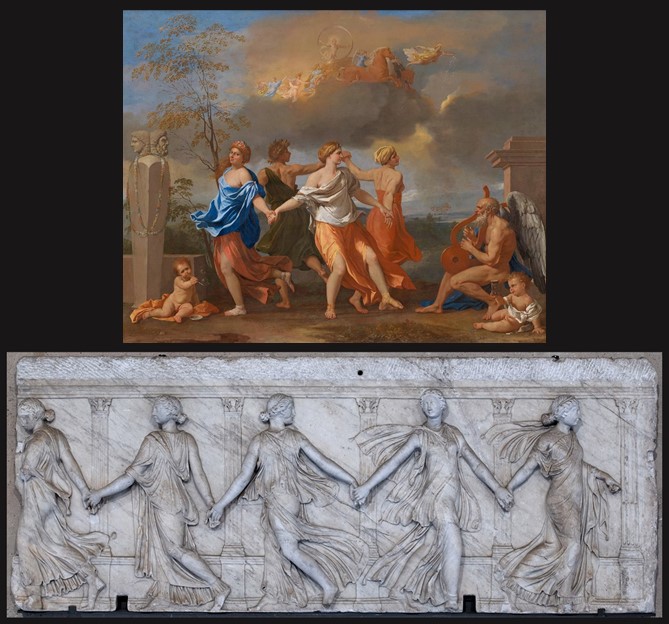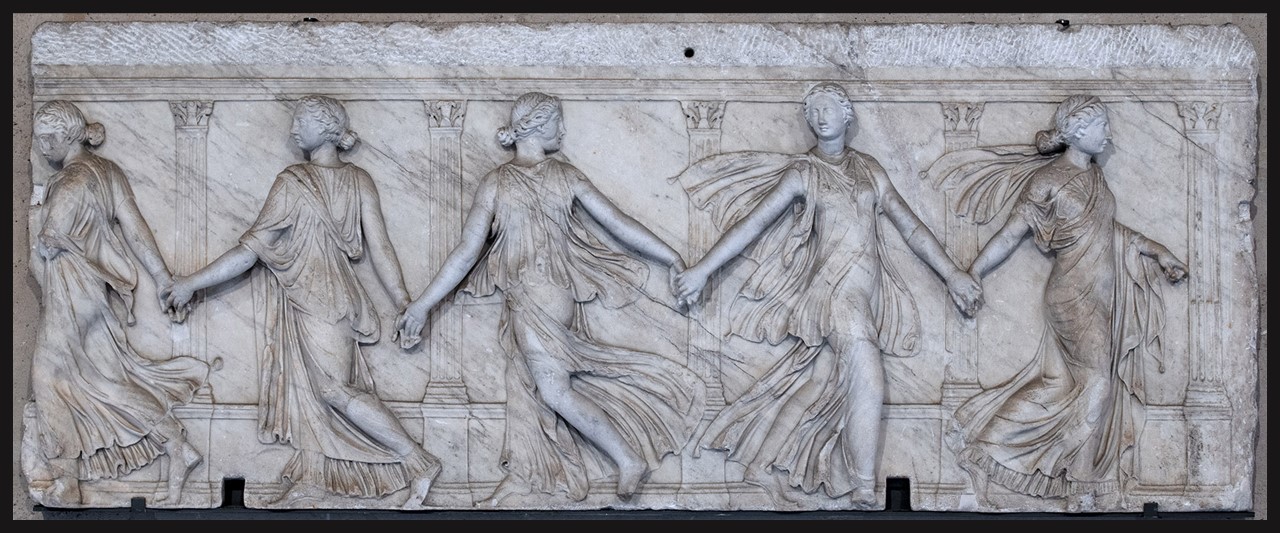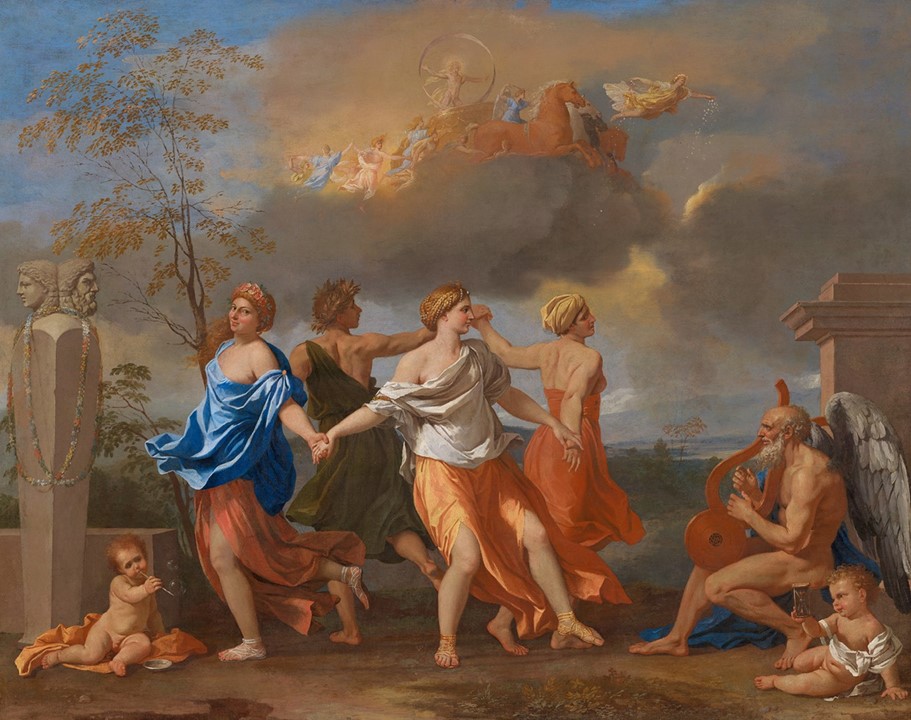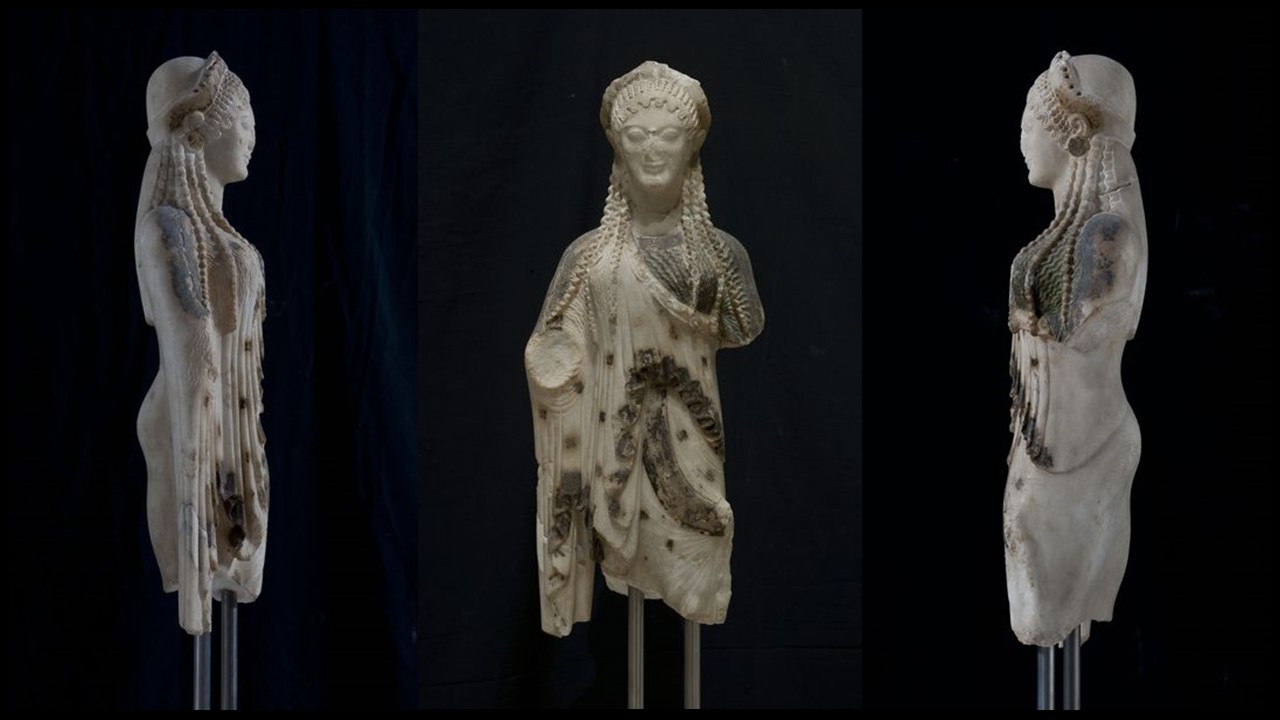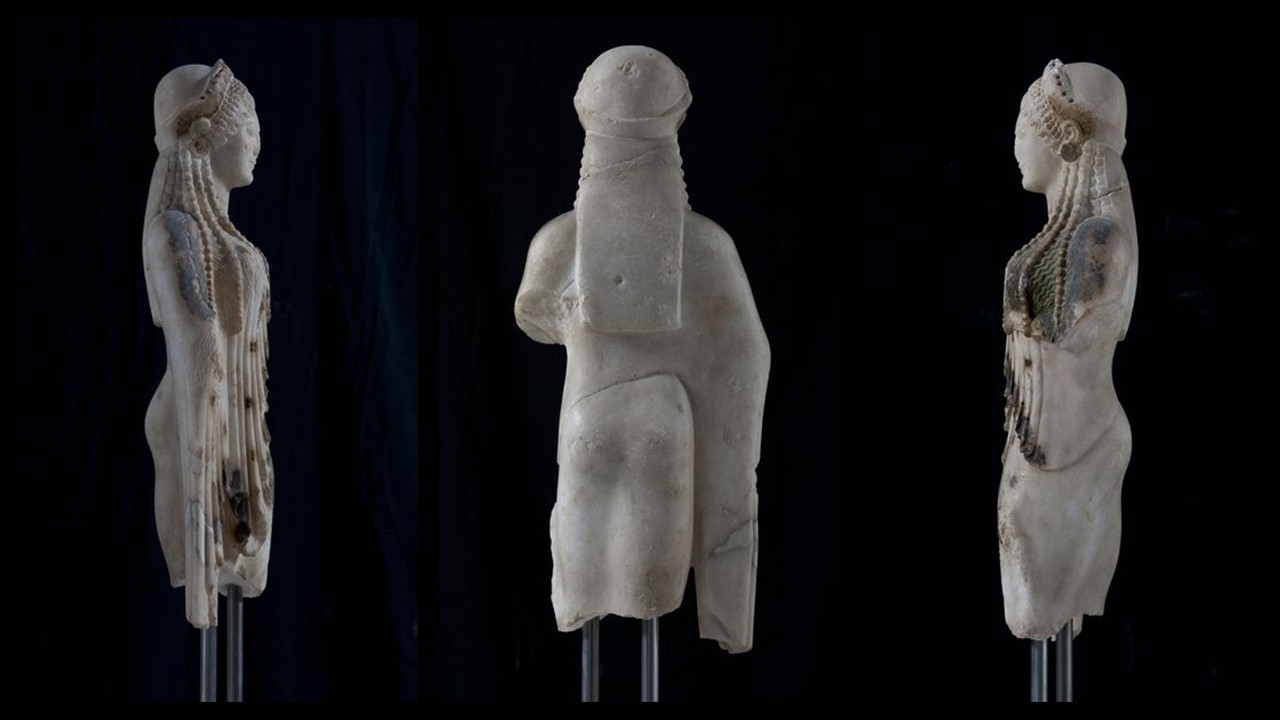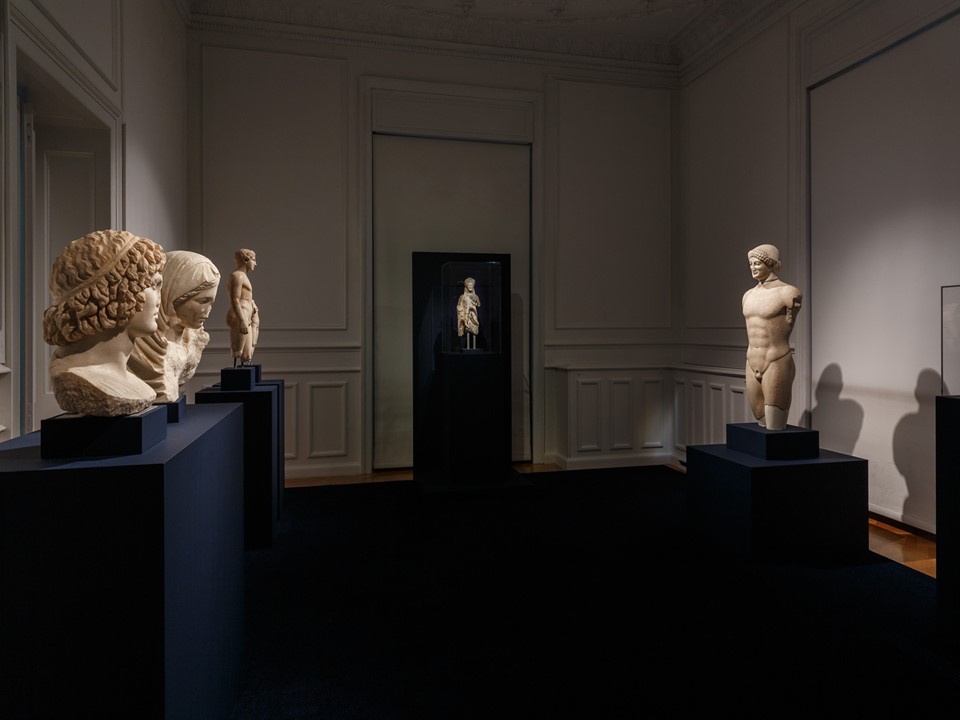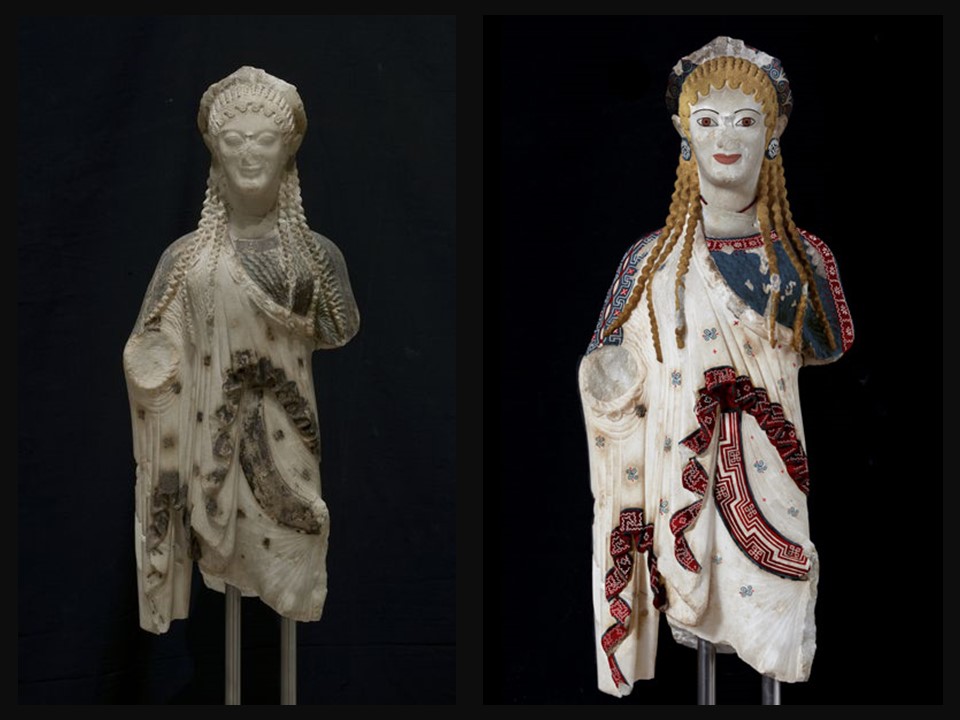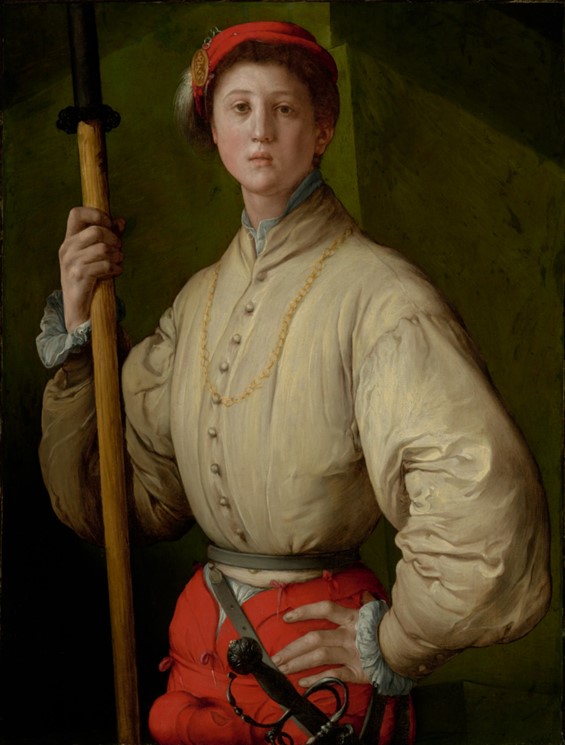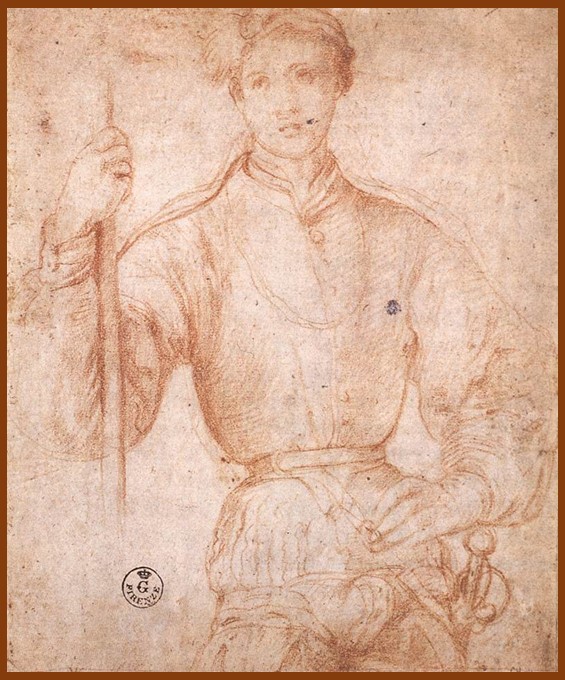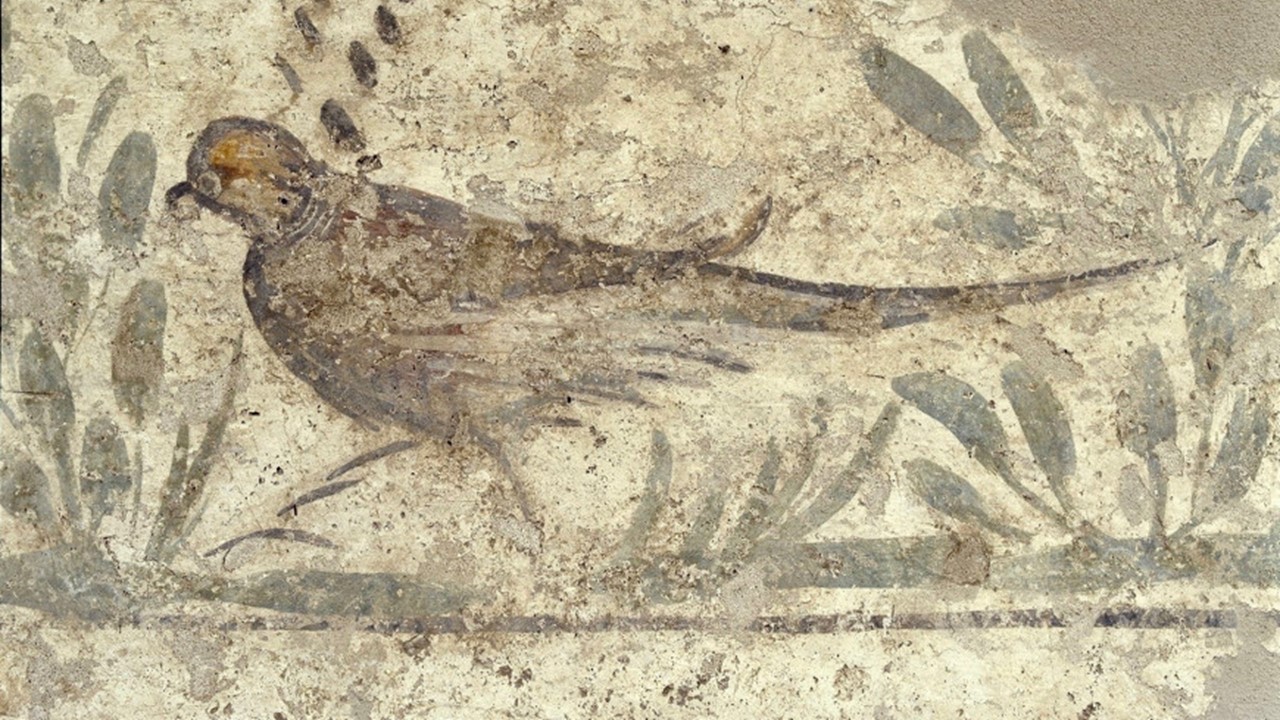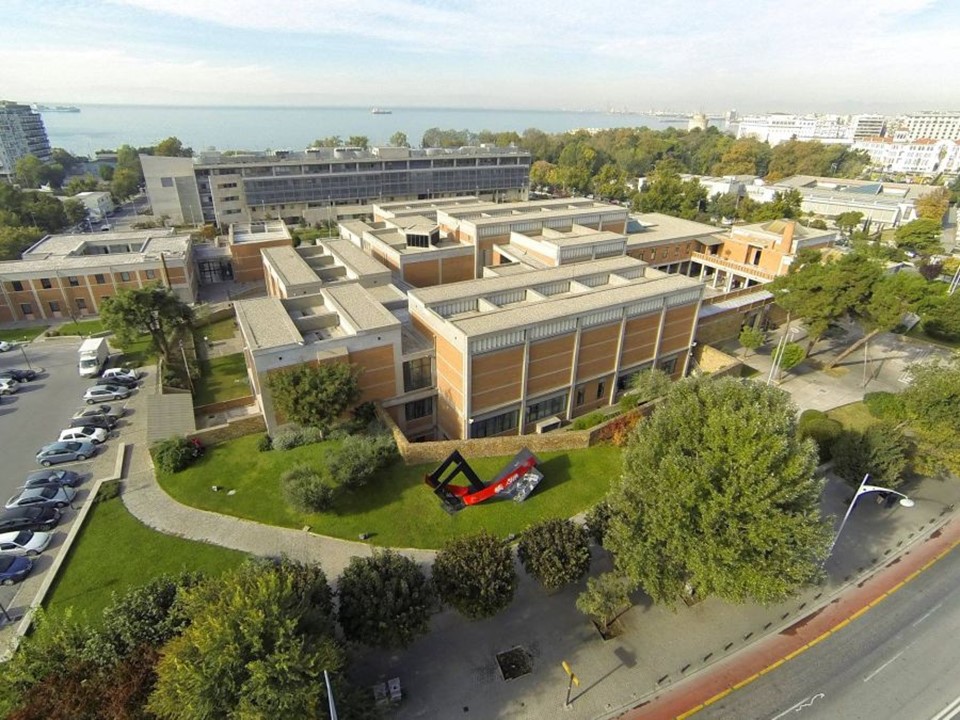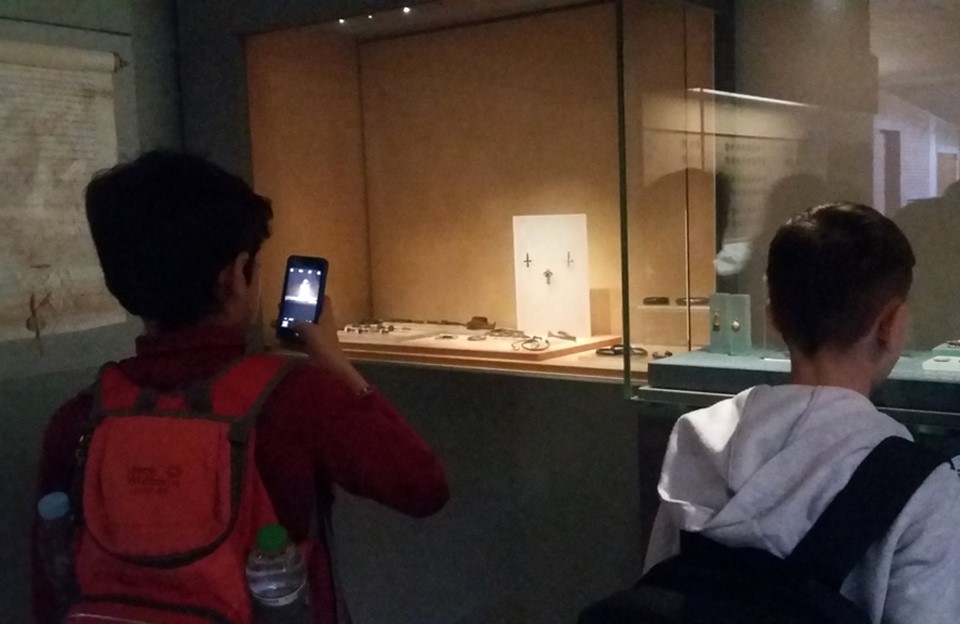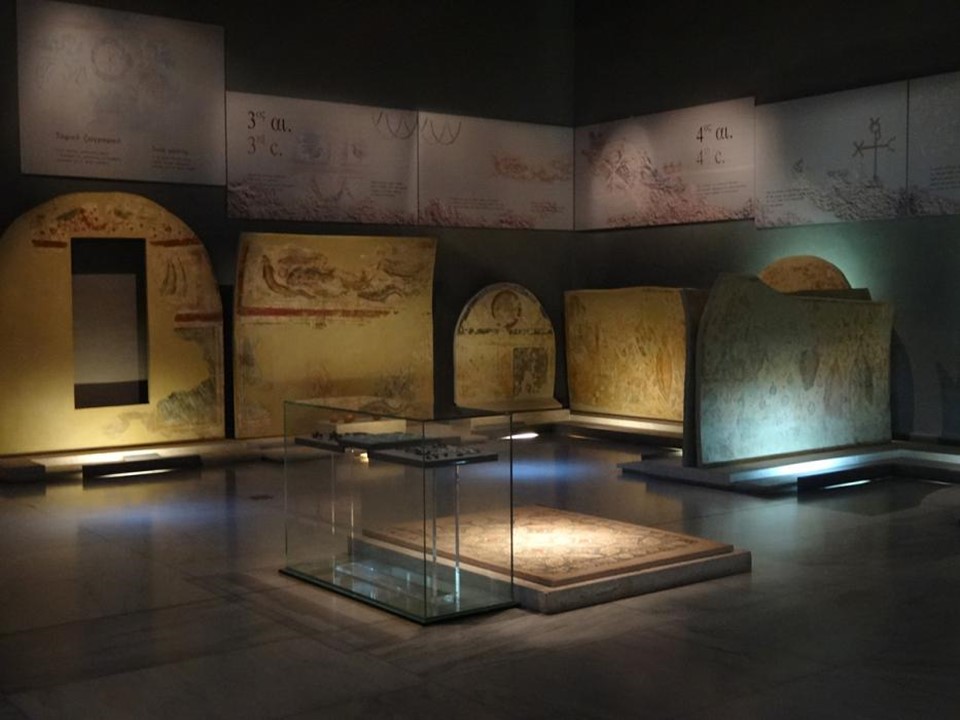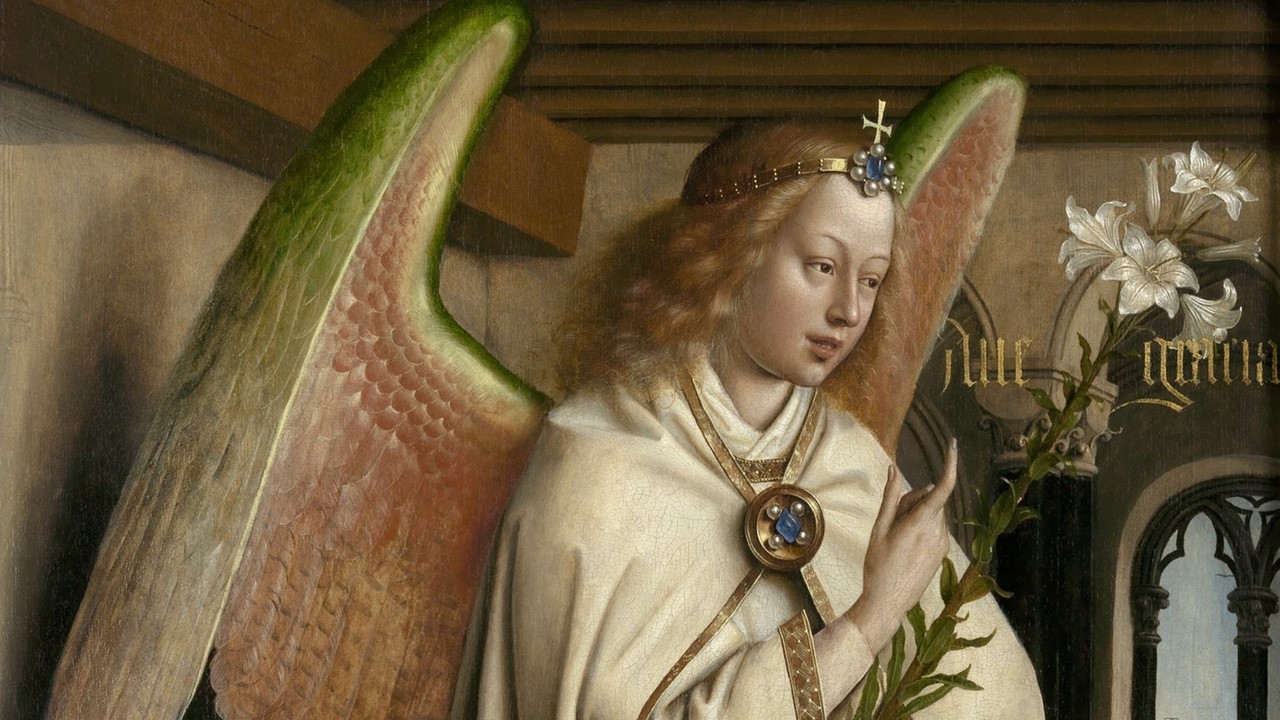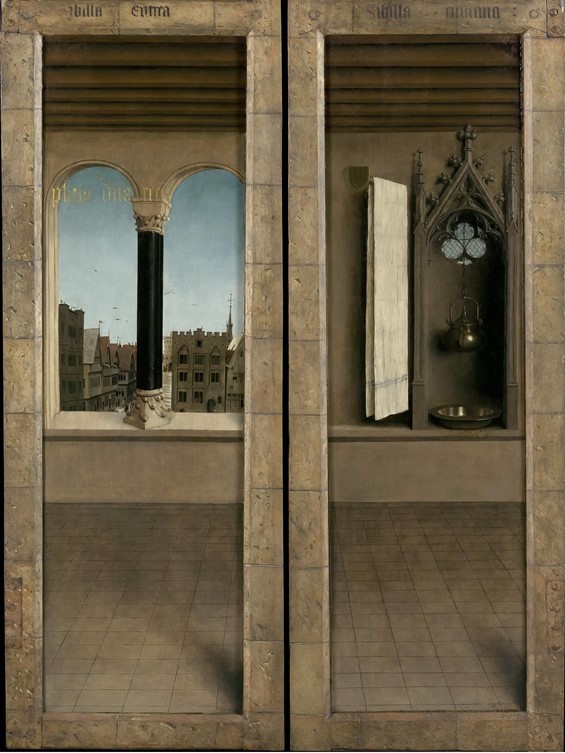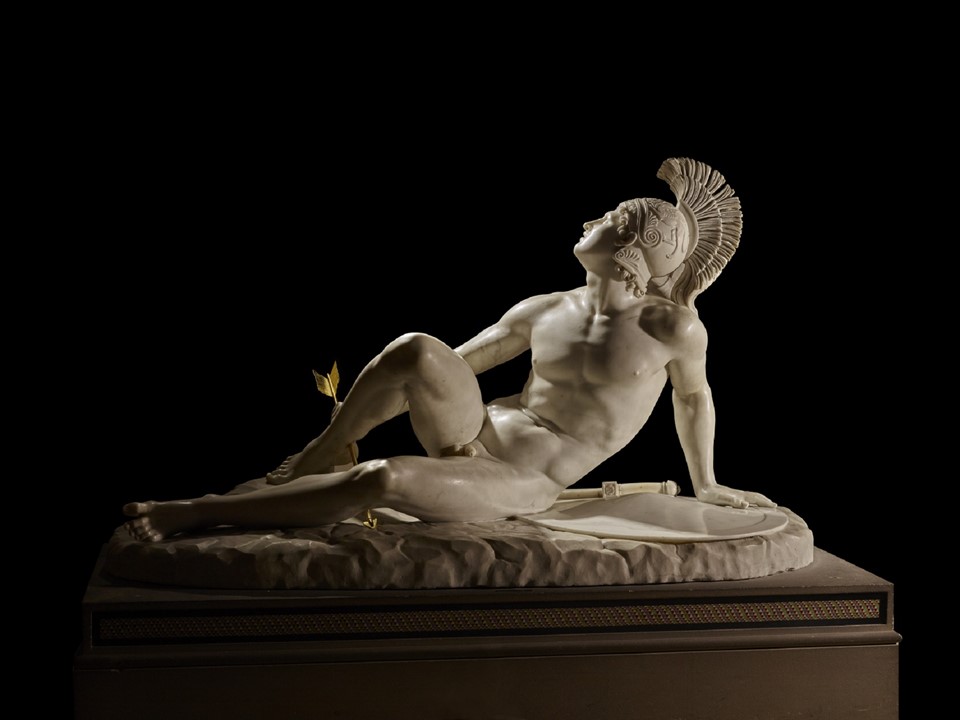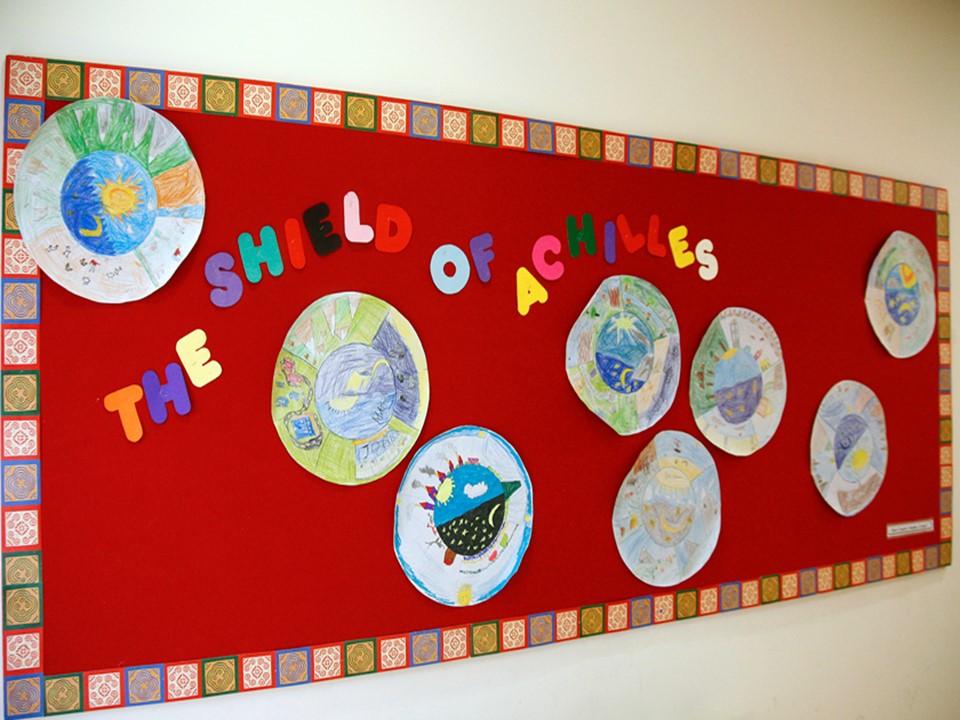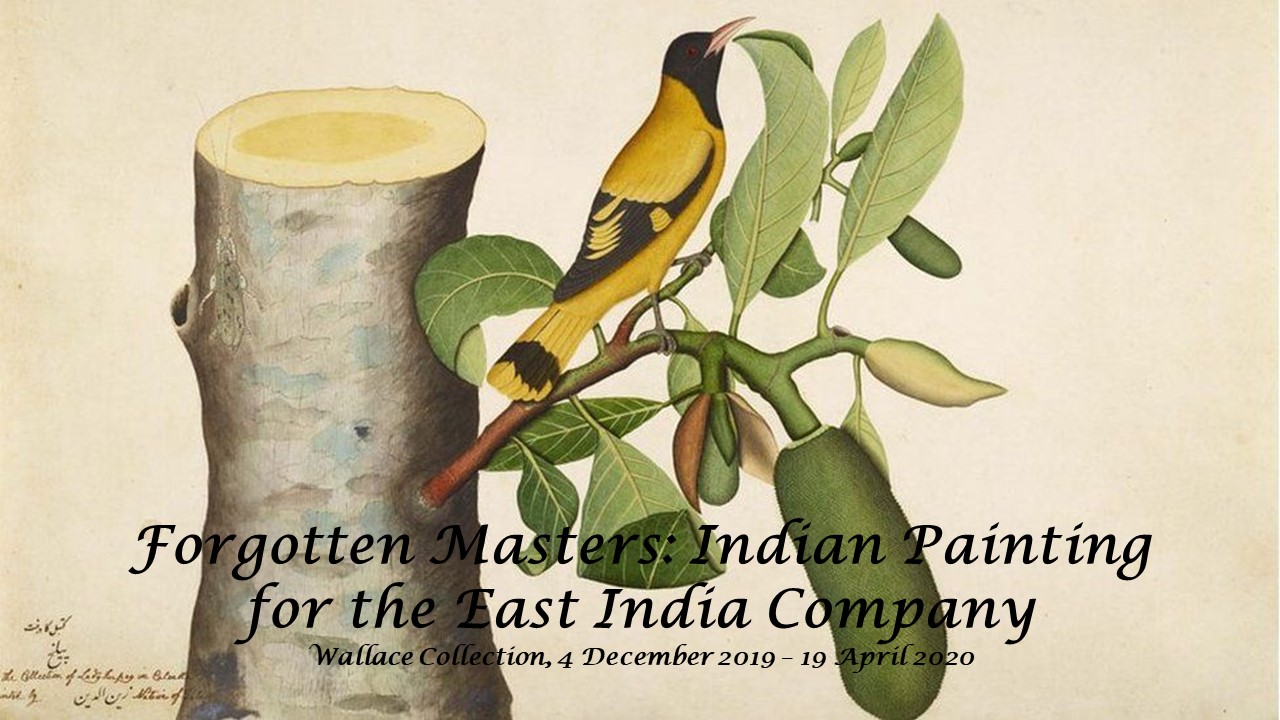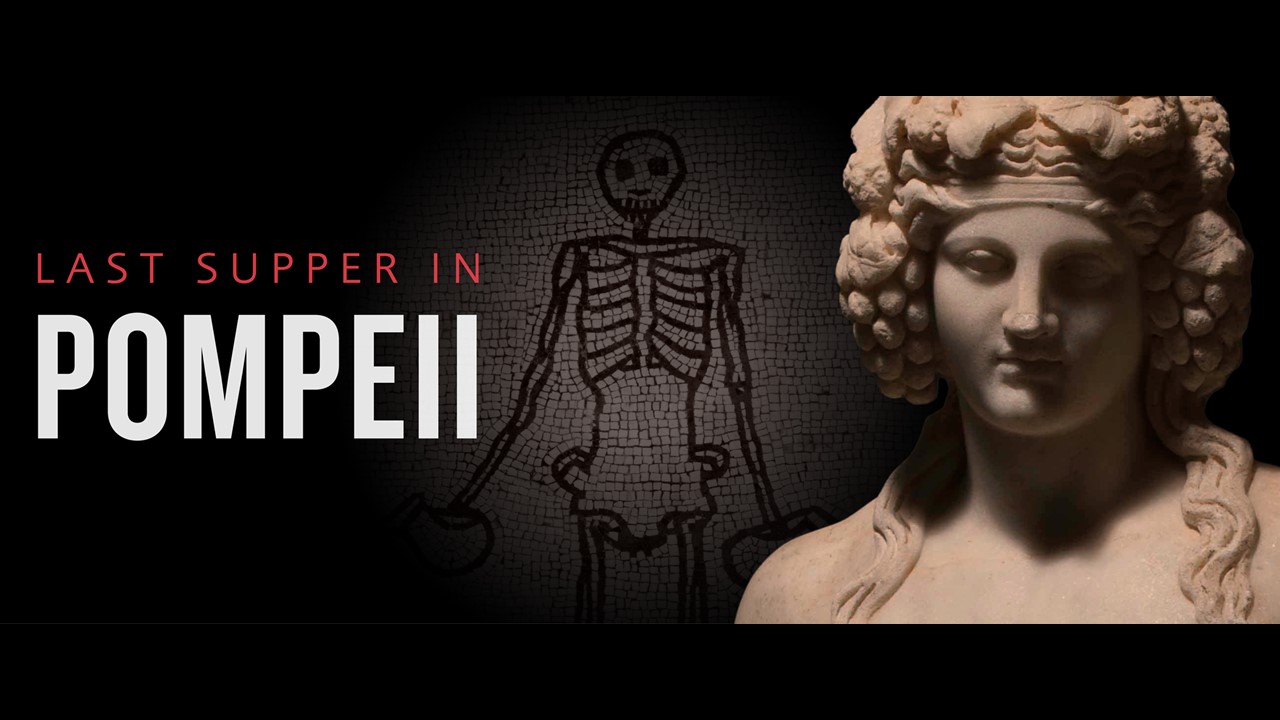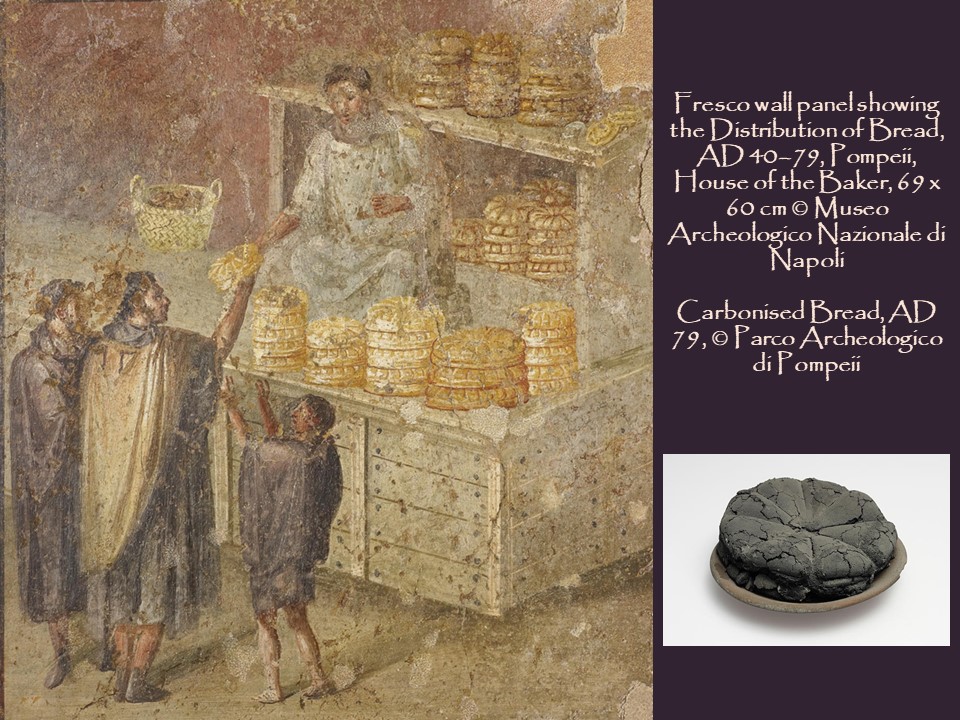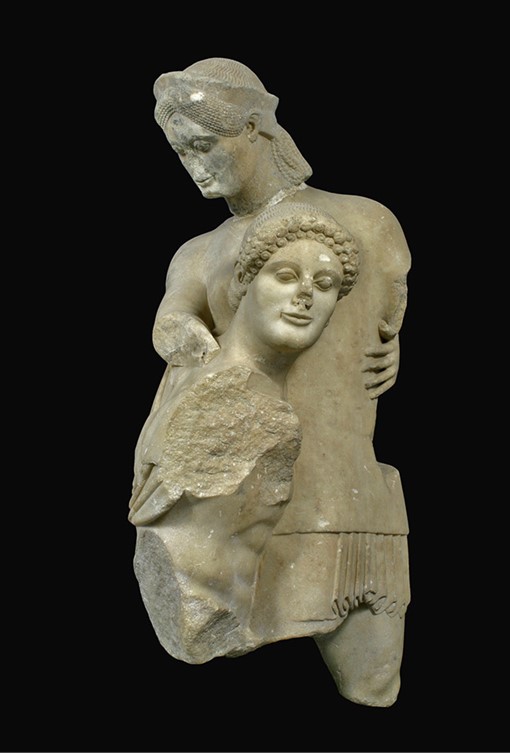
https://www.esag.swiss/eretria/museum/
The multiple aspects of the concept of Kallos in the everyday life and the philosophical discourse of ancient Greece are presented in the major, emblematic, archaeological exhibition of the Museum of Cycladic Art, titled ΚΑLLOS. The Ultimate Beauty. Τhis exhibition displays three hundred emblematic antiquities from fifty-two museums, collections, and Ephorates of Antiquities throughout Greece, as well as from Italy, and the Vatican. The overwhelming majority appear for the first time outside of the museums of their provenance. They meet and mingle in the Museum of Cycladic Art, so as to give an integrated picture of the ideal of Kallos, inadequately translated into English as Beauty. On the 6th of November I presented you one such exhibit… the Kore from Chios today, I will present you a favourite Archaic work of art… Theseus and Antiope! https://cycladic.gr/en/page/kallos-i-ipertati-omorfia
The story of Theseus and Antiope has it all… adventure, strife, love, and devotion! According to Pausanias and his Description of Greece… As one enters the city (of Athens) there is a monument to Antiope the Amazon. This Antiope, Pindar says, was carried off by Peirithous and Theseus, but Hegias of Troezen gives the following account of her. Heracles was besieging Themiscyra on the Thermodon, but could not take it, but Antiope, falling in love with Theseus, who was aiding Heracles in his campaign, surrendered the stronghold. Such is the account of Hegias. But the Athenians assert that when the Amazons came, Antiope was shot by Molpadia, while Molpadia was killed by Theseus. To Molpadia also there is a monument among the Athenians. https://www.perseus.tufts.edu/hopper/text?doc=Paus.%201.2.1&lang=original
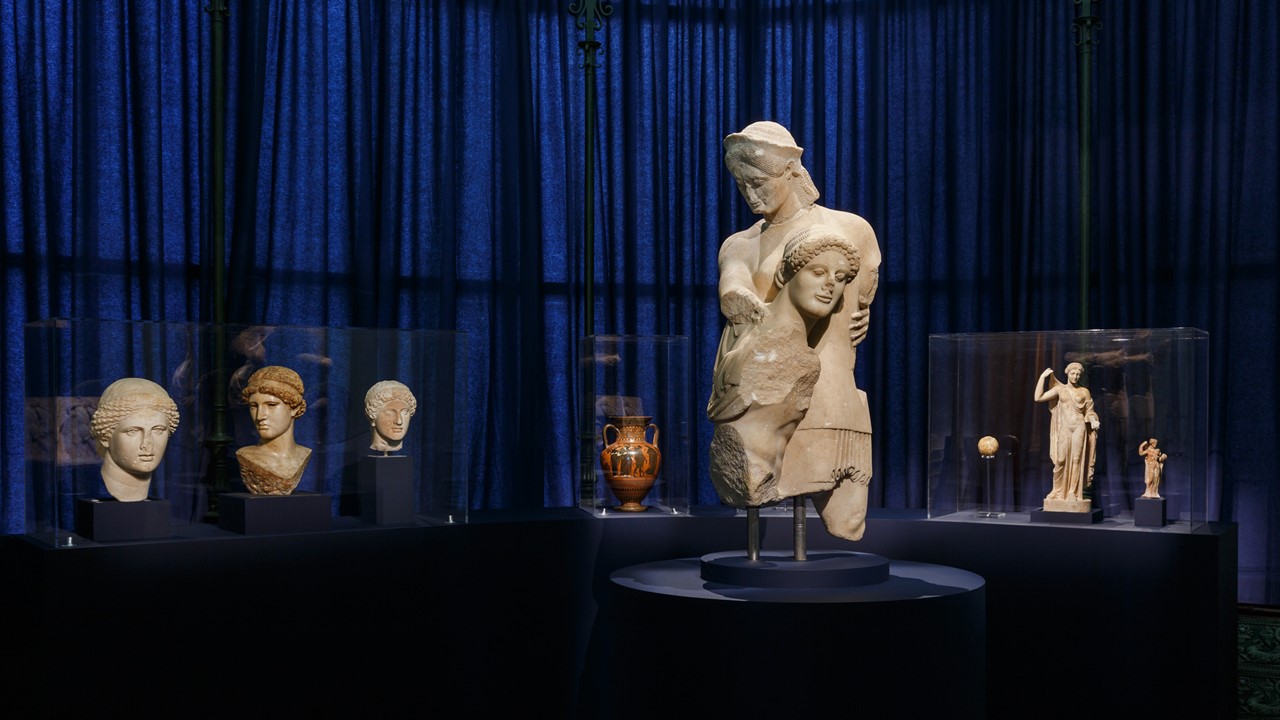
Photo Credit: Paris Tativian, Museum of Cycladic Art, Athens, Greece
https://cycladic.gr/page/kallos-i-ipertati-omorfia?slide=1
The effigy of Theseus and Antiope, temporarily exhibited in the Museum of Cycladic Art in Athens, was originally created for the West Pediment of the Temple of Apollo Daphnephorus in Eretria. Information regarding the Temple of Apollo in Eretria is unfortunately scarce. Eretria, a town in Euboea facing the coast of Attica, was first mentioned in Homer’s Iliad as one of the cities that provided ships against the Trojans. During the 8th century BC, the citizens of Eretria, a flourishing city during the Geometric and Archaic periods, built an impressive Temple to honour God Apollo, apsidal in architectural form. Soon after, a second, wooden Temple followed on the same site. Finally, around 520- 490 BC, a larger stone Temple was built, the remains of which are still visible today. Unfortunately, the Archaic Temple was badly destroyed during the Persian invasion of 490 BC. https://warwick.ac.uk/fac/arts/classics/intranets/students/modules/greekreligion/database/clunba/
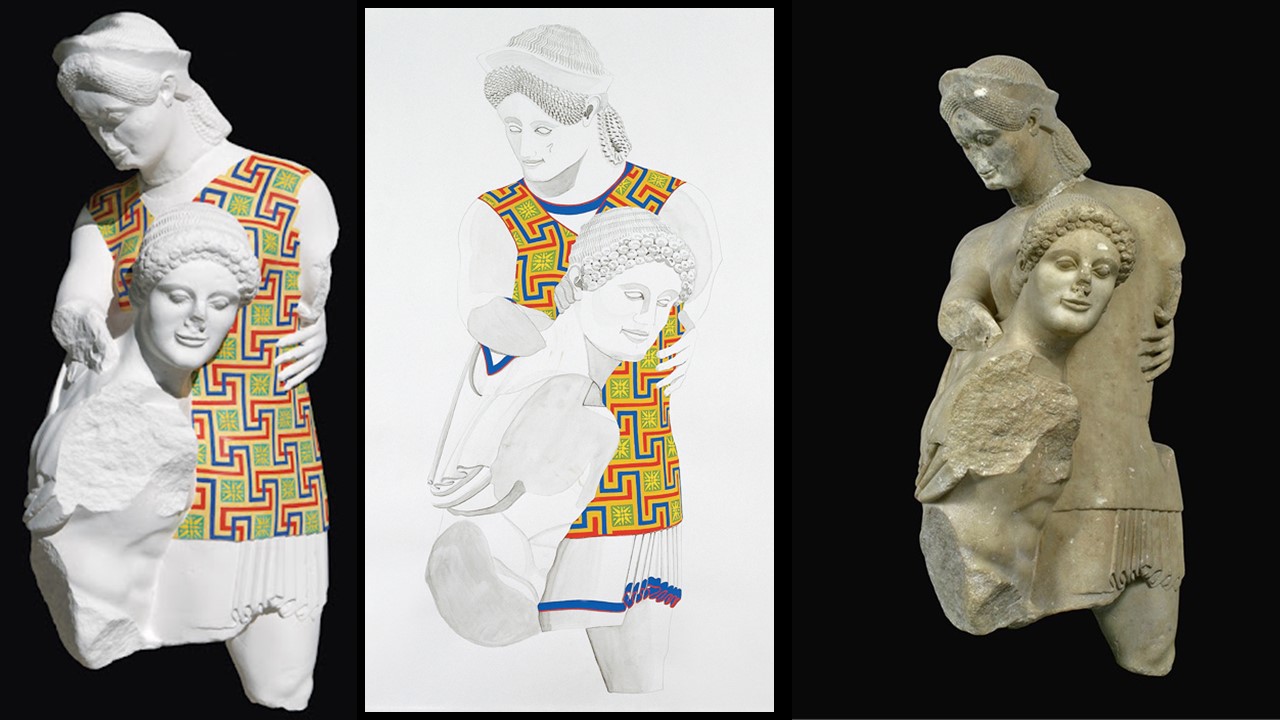
In colour reconstruction on plaster and on paper, Investigations by Vinzenz Brinkmann, executed by Ulrike Koch-Brinkmann, 1992
https://www.wikiart.org/en/ancient-greek-painting/reconstruction-of-antiope-and-theseus–490
(c) Vinzenz Brinkmann 2018 & Ulrike Koch-Brinkmann, Polychromy Research Project
http://www.stiftung-archaeologie.de/Theseus_Antiope_ApollDahnephorosEretria.html
https://www.esag.swiss/eretria/museum/
The late Archaic period (510-500 BC) pediment sculpture depicting the abduction of Antiope by Theseus portrays the moment of Theseus stepping onto a chariot’s platform while tightly holding Antiope in his arms… a decisive moment in the development of the story, a key moment in the development of ancient Greek Art. Notice the depicted entwined torsos and think of the evolution accomplished as figural depiction moves from the frontal and immobile Kouros and Kore type of sculpture to the more naturalistic modeling of the classical era. Notice how the psychological drama unfolds, and consider the subtle ways the artist of Theseus and Antiope presents the understated surrender of the elegant Amazon, and the restrained triumph of the victorious hero. Notice how the heads of both figures slightly bend and observe the created interplay of light and shade, shapes and forms. What an accomplishment for the unknown artist. Could he be the famous Athenian sculptor Antenor? https://warwick.ac.uk/fac/arts/classics/intranets/students/modules/greekreligion/database/clunba/
For a PowerPoint on the Theseus and Antiope theme, please… Check HERE!
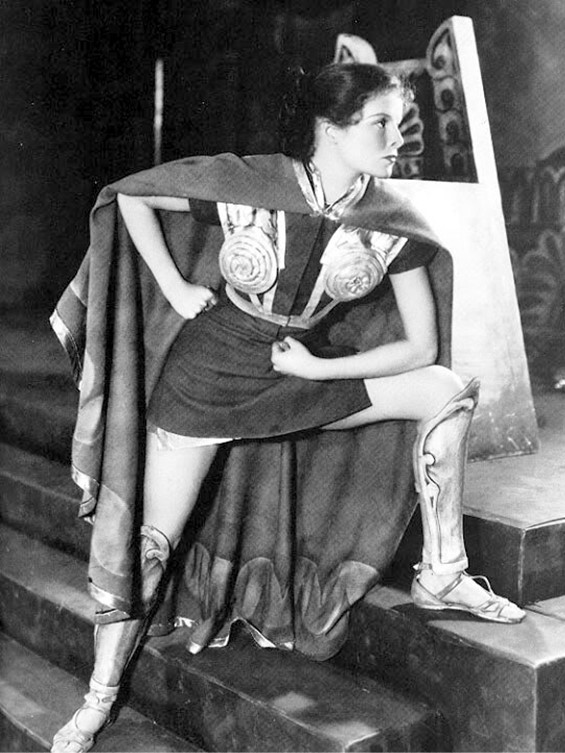
https://commons.wikimedia.org/wiki/File:Katharine_Hepburn_in_The_Warriors_Husband.jpg
